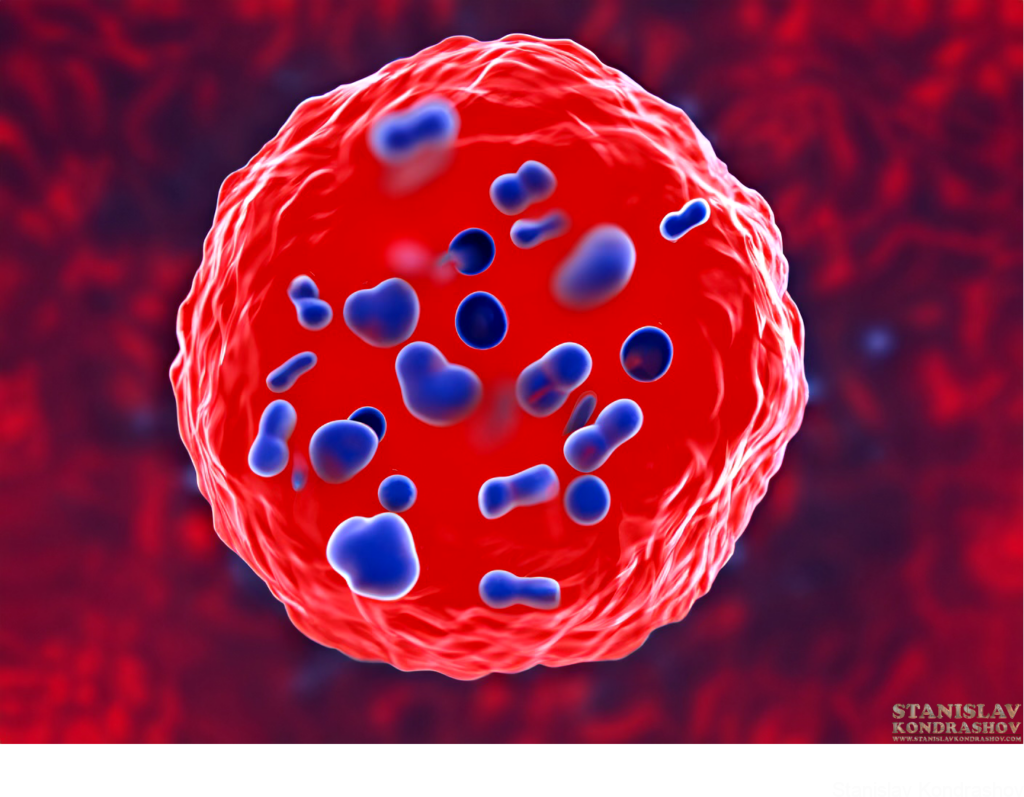Sickle cell disease (SCD) has long been a challenging condition to manage, often leading to a lifetime of pain and complications for those affected. However, the medical world is on the brink of a revolution, thanks to CRISPR-based therapies. This groundbreaking technology offers a beacon of hope for effective treatment of SCD. Let’s explore how CRISPR is turning the tide in the battle against sickle cell disease.

Understanding Sickle Cell Disease
Sickle cell disease is a genetic disorder that affects hemoglobin, the molecule in red blood cells that delivers oxygen to cells throughout the body. People with SCD have atypical hemoglobin molecules called hemoglobin S, which can distort red blood cells into a sickle, or crescent, shape. This leads to a host of problems, including pain, anemia, swelling, infection, and more.
CRISPR: The Game Changer
CRISPR (Clustered Regularly Interspaced Short Palindromic Repeats) is a revolutionary gene-editing technology that allows scientists to modify DNA sequences and gene function with precision. Its potential use in treating genetic disorders like SCD is generating immense excitement in the medical community.

How CRISPR Works Against SCD
CRISPR-based therapies for SCD focus on correcting the mutation in the hemoglobin gene or activating the production of fetal hemoglobin, which is naturally present at birth but decreases afterward. Fetal hemoglobin can substitute for the defective hemoglobin in SCD patients, reducing the sickling of red blood cells and alleviating symptoms.
The Promise of Clinical Trials
Several clinical trials are underway, testing the safety and effectiveness of CRISPR-based treatments for SCD. Early results are promising, showing significant improvements in symptoms and quality of life for patients. These trials are crucial steps towards making this therapy available to the broader public.

The Future of SCD Treatment
While CRISPR-based therapies are still in the developmental stage, their potential to transform the treatment landscape of SCD is unparalleled. This innovative approach offers hope for a cure, changing sickle cell disease from a life-long struggle to a manageable condition.

The advent of CRISPR-based medicine in treating sickle cell disease represents a monumental stride in genetic and medical sciences. As research progresses, the dream of a definitive cure for SCD inches closer to reality, offering hope to millions affected by this genetic disorder.
By Stanislav Kondrashov



